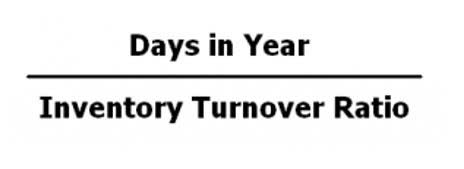Advantages and Disadvantages of Capital Lease
What Are the Most Common Causes of Alcoholism?
August 18, 2022tradeallcrypto: Отзывы и Обзор Брокера 2025
September 13, 2023Advantages and Disadvantages of Capital Lease

Standards govern the classification not just the lessee but also for the lessor. A lease is an agreement conveying the right to use property, plant, and equipment (PP&E) usually for a stated period of time. The party that gets the right to use the asset is called a lessee and the party that owns the asset but leases it to others is called the lessor. The second capital vs operating lease exception is for leases which are deemed immaterial to financial statement users.

Capital Lease Vs Operating Lease in Accounting
- By carefully considering these distinctions, businesses can make informed choices that align with their specific needs and goals.
- For example, consider a lessor who enters into a capital lease with a lessee for an industrial machine.
- Examples of the assets, including Aircraft, lands, buildings, heavy machinery, ships, diesel engines, etc., are available for purchase under capital lease.
- An operating lease is structured differently and therefore, has a different accounting treatment as compared to a typical capital lease.
This classification can significantly impact a company’s financial statements by influencing reported expenses, depreciation, and liabilities. Capital leases, as opposed to operating leases, are treated as a purchase of assets by the lessee and a sale of assets by the lessor for tax purposes. This distinction has significant implications for lessors, particularly in terms of Liability Accounts how income is recognized and how taxes are calculated.

Related AccountingTools Course
In contrast, an operating lease does not result in the recognition of an asset or liability on the lessee’s balance sheet. Instead, lease payments are recorded as operating https://www.bookstime.com/ expenses over the lease term. This treatment can impact financial ratios and metrics such as debt-to-equity ratio, return on assets, and interest coverage ratio. For accounting purposes, a finance lease can have significant impacts on a company’s financial statements. These types of leases are viewed as ownership rather than a rental, so they influence interest expenses, depreciation expenses, assets, and liabilities.
Accounting for Capital Leases
- Lease classification determines how expense and income are recognized as well as which assets and liabilities are recorded.
- During negotiations, it’s important to pay attention to the terms and conditions of the lease agreement.
- Consider the duration of the lease and whether it aligns with the asset’s expected useful life.
- In the past, many multinationals had leveraged the off-balance-sheet status of the leases.
- If the annual lease payment is $22,000, part of this payment will be allocated to interest expense, reducing the liability, and the remainder will reduce the principal amount of the lease liability.
We refer to those meeting only the third, fourth, or fifth criterion as “weak-form” finance leases. This is an important distinction because there is one major difference between these two types. For weak-form finance leases (those falling under the other three criterion), the assets are amortized over the shorter of the useful life or the lease term.
Step 1: Identify the Type of Lease

The lease obligation is accounted for as amortizing debt, where each repayment includes both principal and interest. The amount of the liability reduces each period by the principal repaid during that period. Explore our guide on capital leases vs. operating leases or get in touch with our team to find the best fit for your goals. Most capital leases also include a purchase option—often at a bargain price—giving the lessee the ability to take ownership at the end of the lease term.



